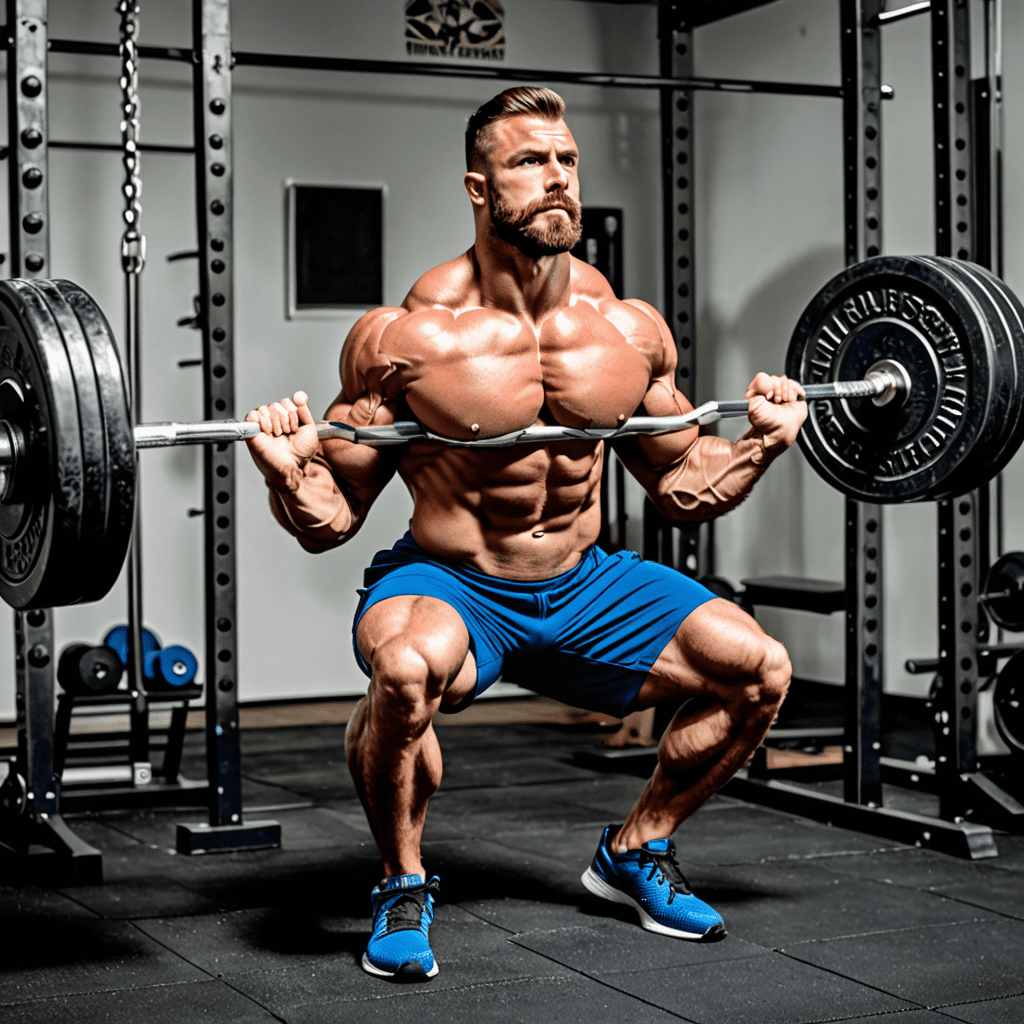
Mastering the Barbell Squat: Finding Your Perfect Weight
Your Guide to Determining the Ideal Weight for Barbell Squats
Barbell squats are a fundamental exercise in strength training, with the potential to deliver significant benefits when performed correctly. Determining the appropriate weight to use for barbell squats is crucial to maximizing the effectiveness of this exercise. Finding the right weight involves considering various factors such as experience level, fitness goals, and individual strength. Here’s a comprehensive guide to help you determine how much weight you should barbell squat.
Assessing Your Fitness Level and Experience
When establishing the appropriate weight for barbell squats, it’s essential to consider your fitness level and experience. Beginners should start with a conservative weight to focus on perfecting their form and technique. More experienced individuals may be able to handle heavier weights but should always prioritize proper form to prevent injury.
Determining Your One-Rep Max (1RM)
Calculating your one-rep max (1RM) can provide insight into the appropriate weight for barbell squats. Your 1RM is the maximum amount of weight you can lift for a single repetition for a given exercise. While it’s not necessary to test your 1RM, various formulas can estimate your 1RM based on the number of repetitions performed with a lighter weight.
Setting Realistic and Achievable Goals
When determining the weight for barbell squats, it’s important to set realistic and achievable goals. Focusing on gradual progression rather than attempting to lift the heaviest weight possible can lead to better long-term results. Consider incorporating a progressive overload approach by gradually increasing the weight lifted over time.
Seeking Professional Guidance
If you’re unsure about the appropriate weight for barbell squats, consider seeking guidance from a certified personal trainer or fitness professional. They can assess your individual strengths and limitations, providing tailored recommendations to ensure safe and effective squatting.
Frequently Asked Questions (FAQ)
Q: Can I perform barbell squats without weights?
A: Yes, barbell squats can be performed using only the barbell, which typically weighs 45 pounds (20 kilograms). This is a great starting point for beginners to focus on mastering the squat movement pattern before adding additional weight.
Q: How often should I increase the weight for barbell squats?
A: The frequency of weight increases for barbell squats can vary based on individual progression. A general recommendation is to aim for small, incremental weight increases every 1-2 weeks, depending on your strength gains and training consistency.
Q: What if I experience discomfort or pain while performing barbell squats?
A: If you experience discomfort or pain during barbell squats, it’s essential to reassess your form and technique. Consider reducing the weight or seeking assistance from a qualified professional to address any underlying issues causing discomfort.
Remember, the goal of barbell squats is not solely about lifting heavy weights but also about performing the exercise safely and effectively. By considering your fitness level, setting achievable goals, and prioritizing proper form, you can determine the ideal weight for barbell squats that aligns with your individual capabilities and objectives.


